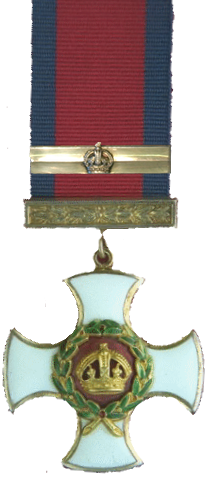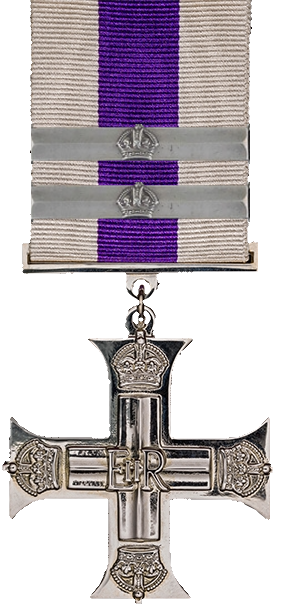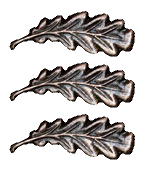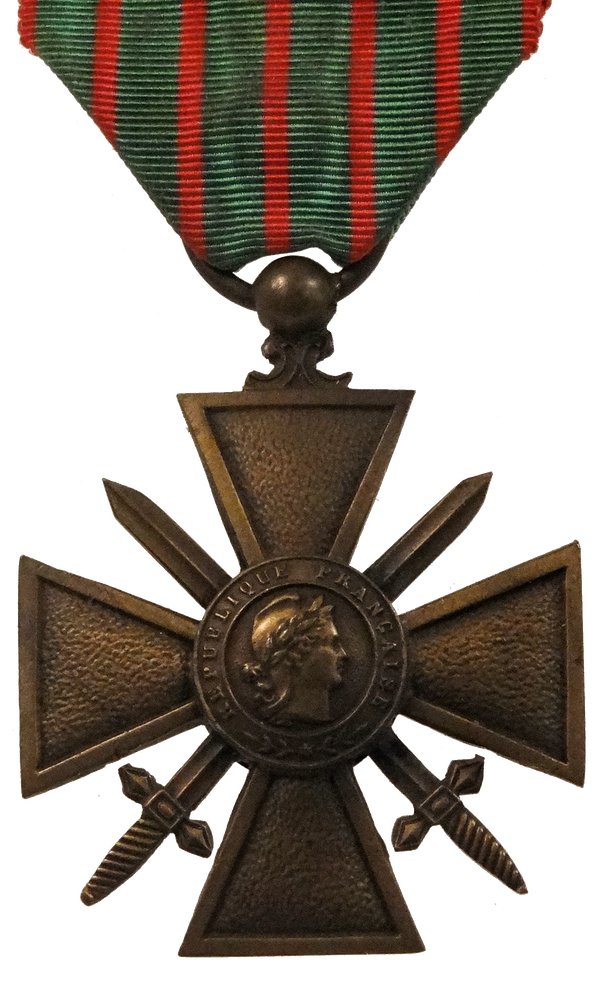March 8, 1918, fresh back from leave, Captain WG Barker (RFC), anxious to get back to flying, survived a crash in Sopwith Camel B6313. After about 90 minutes flight, Barker experienced an engine failure. Unable to restart and with thick ground fog, Barker "dead-sticked" the Camel to a landing near the 23rd French Division Headquarters but it flipped over and broke off the wheels and propeller. Barker was unhurt but for his pride and the 28 Squadron riggers laboured hard for a week to repair B 6313 during which a more powerful 130 HP engine was installed to replace the factory original 80 HP
William George Barker was the most decorated Canadian war hero in the history of Canada
Born November 3, 1894 in Dauphin, Manitoba, he learned to shoot and ride a horse at an early age. In 1910 at the Winnipeg Industrial Exhibition, Barker saw a flying machine for the first time and was fascinated but flying was only a dream for a farm boy in 1910
In 1912, a teenage Barker, his uncle Howard Alguire and friend Duncan Leigh joined the Non-Permanent Active Militia (NPAM) in the 32nd Light Horse. When war was declared in August 1914, Barker hoped to enlist but his father wanted him to finish his last year in school. He agreed to do as his father wished, so it was not until December of 1914 that William Barker, Howard Alguire and Duncan Leigh went to Brandon Manitoba to join the 1st Regiment, Canadian Mounted Rifles
During training at Brandon, Manitoba, Barker learned that the Canadian Mounted Rifles would not be used as mounted troops but would fight in the trenches, so applied and was accepted to train as a machine gunner. He shipped out with his unit for England in June 1915 and then on to Belgium in September 1915
Hoping to realize his dream of flying, Barker applied to join the Royal Flying Corps in January 1916 was accepted and in February transferred to 9 Squadron RFC and became a gunner/observer. In April as a newly commissioned temporary 2nd Lieutenant, he moved on to 4 Corps Cooperation Squadron, which provided photographic and visual reconnaissance from Royal Aircraft Factory BE2c biplanes, usually in support of artillery units. Barker excelled in his new role and in July 1916 transferred to 15 Corps Cooperation Squadron, where he would remain for more than a year
Barker still dreamed of flying and received some unofficial flying lessons, possibly from pilot Lt AV Acland. He was posted to 8 Reserve Squadron in December for formal pilot training back in England just after being recommended for his first medal, the Military Cross. Barker proved to be an exceptional student pilot, completing his entire course in only six weeks. He graduated 14 February 1917 and by February 23 was back in France with 15 Squadron, flying his first operational mission two days later on February 25. Two and a half months after qualifying as a pilot Barker was promoted to the rank of Captain
Barker longed to fly a single seat scout aircraft rather than two seat observer aircraft but after nearly six months of service flying was sent back to England in August 1917 for a rest and to instruct new pilots. Barker wanted to fly, not instruct, so took the decision to be the worst instructor possible. His insubordination could have resulted in a court martial but instead he was transferred to 28 Squadron and flew back to France in early October 1917
This was the beginning of Barker's long association with Sopwith Camel B 6313, a challenging aircraft to master and the WW1 fighter credited with the most enemy aircraft shot down. Barker was not the only pilot to fly B6313, but no pilot other than Barker ever shot down an opponent in the aircraft and interestingly, Barker never shot down an opponent in any Camel other than B6313. His first victory in France with B6313 was on the morning of October 20.
His Squadron was transferred to the Italian Theatre to support the British Army XI and XIV Corps at the end of October 1917 and Camel B6313 was dismantled and shipped by train to Italy
It was during his service in Italy that Barker began to fly with CM "Black Mike" McEwen, later to become Air Vice-Marshall CM McEwen in command of 6 Group RAF Bomber Command in WW2
Barker was able to fly in Camel B6313 and achieve 46 victories in a year of flying operations
On his last mission before going on leave, Barker and Lt HB "Chink" Hudson flew together and shot down five kite balloons between them
Unable to transfer Camel B6313 back to England from Italy, Barker flew it one last time on September 29, 1918 on a test flightThe Royal Flying Corps was the air arm if the British Army and WG Barker, although he started the war in a Canadian Army unit, after his transfer to the RFC was considered to have served in a British unit and held army ranks during the Great War. In his later career, serving with the Air Force in Canada, he became a Wing Commander, the equivalent to the army rank of Lieutenant Colonel
Detail from book "Barker VC" by Wayne Ralph, Doubleday Canada Ltd 1997







